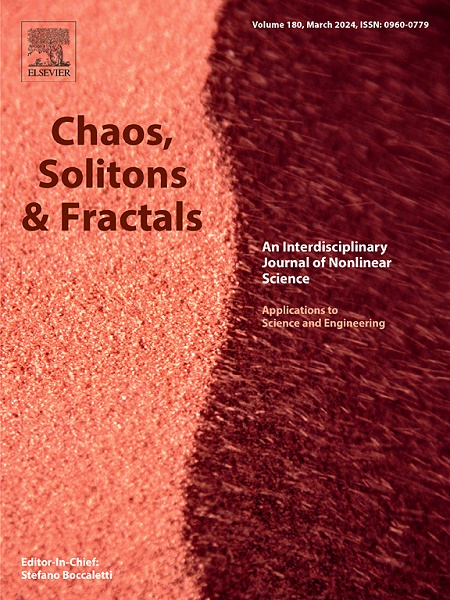增强供应链网络对动态中断的拓扑鲁棒性:一个复杂自适应系统的观点
IF 5.6
1区 数学
Q1 MATHEMATICS, INTERDISCIPLINARY APPLICATIONS
引用次数: 0
摘要
随着中断、不确定性和流行病、自然灾害和地缘政治紧张局势等复杂风险的增加,企业必须确保供应链的连续性、快速恢复和对市场需求的敏捷性。因此,设计弹性供应链网络(SCNs)变得既必要又非常重要。为了解决这一问题,基于复杂适应系统(CAS)理论,通过对Barabási和Albert (BA)模型的修正,设计了考虑企业边缘增长和重新布线策略的供应链网络进化(SCNE)模型。利用平均场理论,对SCNE模型进行了分析和仿真研究,以验证其无标度特性。研究了不同适应策略下SCN进化的结构特征。随后,以讴歌汽车SCN为例进行拓扑鲁棒性分析。最后,使用普通最小二乘(OLS)回归模型验证了仿真结果,证明了自适应策略在增强SCNs拓扑鲁棒性方面的有效性。我们发现,SCN拓扑鲁棒性的增强可以通过公司的边缘增长和响应节点移除中断的重新布线策略来实现。从数量上看,企业的边缘增长策略对SCN拓扑稳健性的改善大约是重新布线策略的2.1倍,最大连接组件尺寸和网络效率的系数分别为0.81和0.75,而重新布线策略的系数分别为0.38和0.37。这些发现强调了适应性策略在增强scn恢复力方面的关键作用。本文章由计算机程序翻译,如有差异,请以英文原文为准。
Enhancing the topological robustness of supply chain networks against dynamic disruptions: A complex adaptive system perspective
With growing disruptions, uncertainties, and complex risks like pandemics, natural disasters, and geopolitical tensions, firms must ensure supply chain continuity, quick recovery, and agility in responding to market needs. As a result, designing resilient supply chain networks (SCNs) has become both essential and highly important. To address this problem, based on the complex adaptive system (CAS) theory and by modifying the Barabási and Albert (BA) model, a supply chain network evolving (SCNE) model with adaptive strategies is designed, which considers firms’ edges growth and rewiring strategies. Utilizing mean-field theory, the SCNE model is analyzed and subjected to simulation studies to verify its scale-free properties. It also examines the structural characteristics of SCN evolution under different adaptive strategies. Subsequently, a case study of Acura automobile SCN is conducted for topological robustness analysis. Finally, the results of the simulation are validated using an ordinary least squares (OLS) regression model, demonstrating the effectiveness of adaptive strategies in enhancing the topological robustness of SCNs. We find that the enhancement of SCN topological robustness can be achieved through firms’ edges growth and rewiring strategies in response to node removal disruptions. Quantitatively, firms’ edges growth strategies improve SCN topological robustness approximately 2.1 times more than rewiring strategies, as indicated by the coefficients of 0.81 and 0.75 for largest connected component size and network efficiency, respectively, compared to 0.38 and 0.37 for rewiring strategies. These findings underscore the critical role of adaptive strategies in enhancing the resilience of SCNs.
求助全文
通过发布文献求助,成功后即可免费获取论文全文。
去求助
来源期刊

Chaos Solitons & Fractals
物理-数学跨学科应用
CiteScore
13.20
自引率
10.30%
发文量
1087
审稿时长
9 months
期刊介绍:
Chaos, Solitons & Fractals strives to establish itself as a premier journal in the interdisciplinary realm of Nonlinear Science, Non-equilibrium, and Complex Phenomena. It welcomes submissions covering a broad spectrum of topics within this field, including dynamics, non-equilibrium processes in physics, chemistry, and geophysics, complex matter and networks, mathematical models, computational biology, applications to quantum and mesoscopic phenomena, fluctuations and random processes, self-organization, and social phenomena.
 求助内容:
求助内容: 应助结果提醒方式:
应助结果提醒方式:


